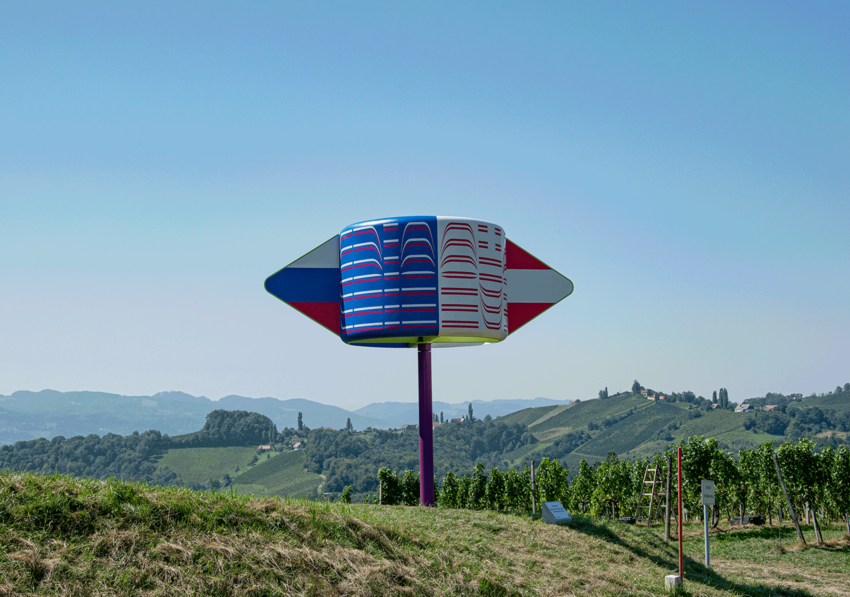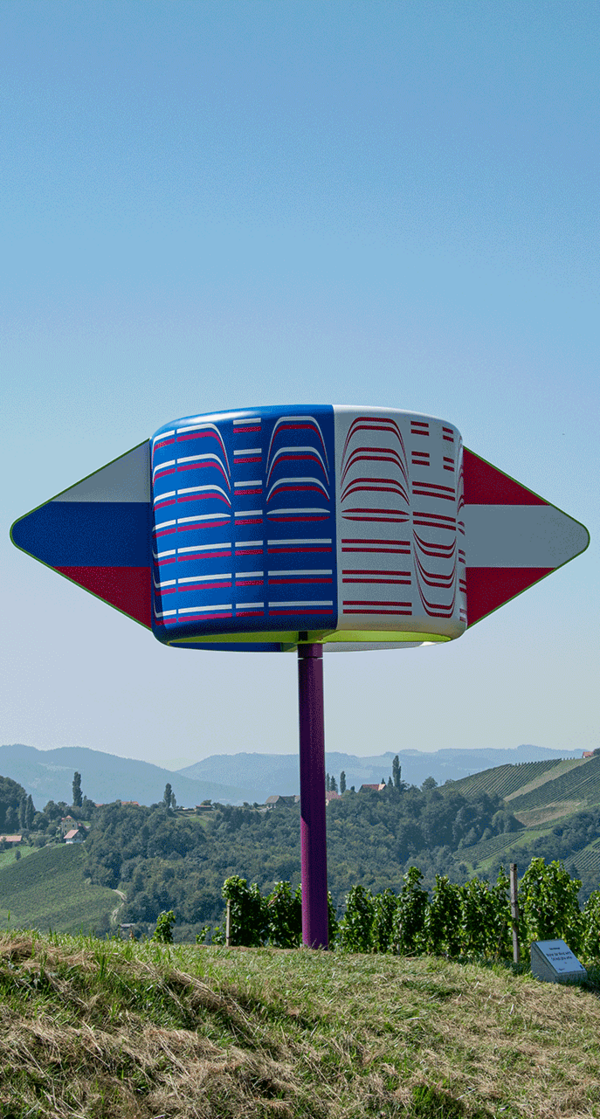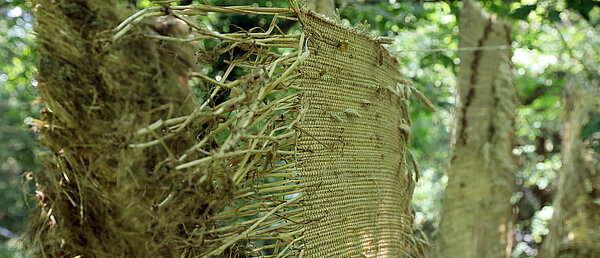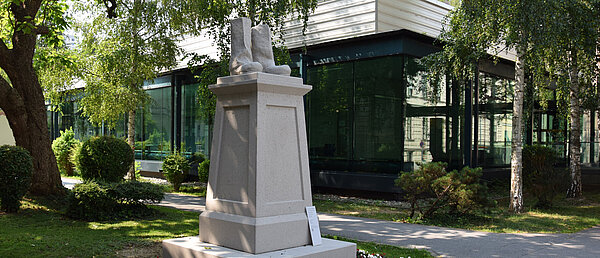permanent projects are supervised by the Institute for Art in Public Space Styria.
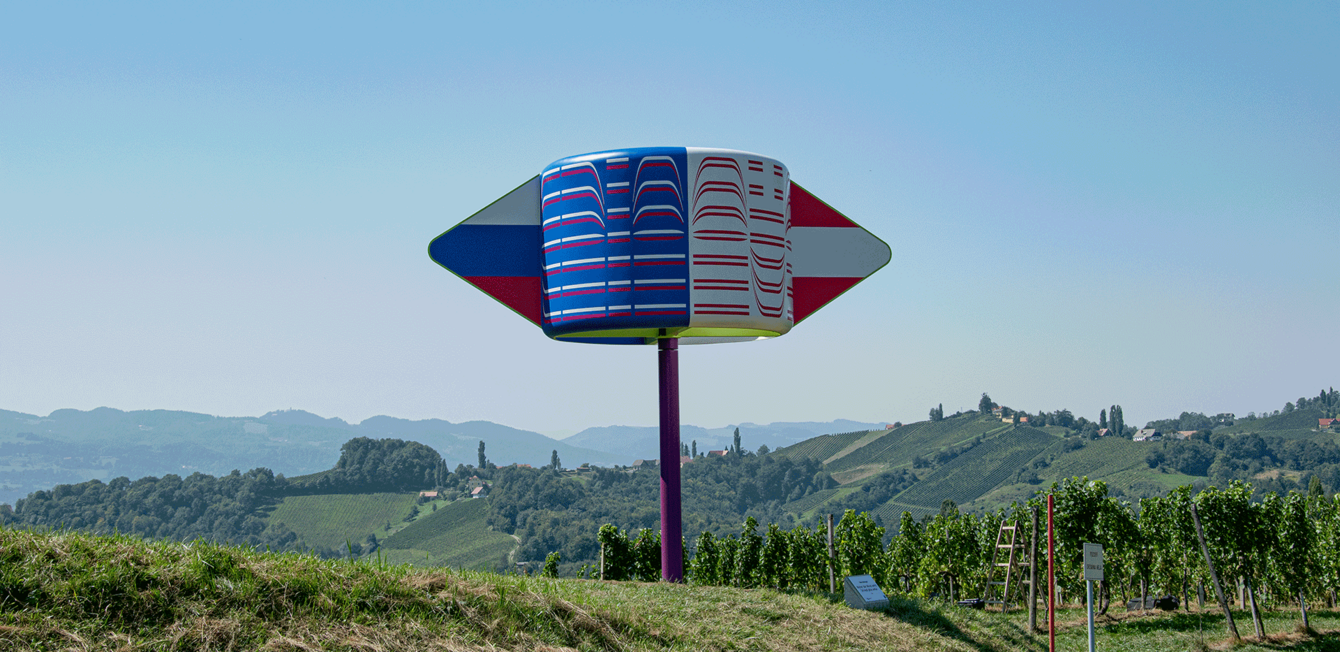
Art in Public Space Art projects with regional, national and international artists are initiated, developed and realised outside of closed spaces and museums for the city of Graz and the whole of Styria.
60
10 – 15
temporary and new permanent projects are realised every year.
20 – 25
project-related events each year bring art in public spaces closer to an interested audience.
Map
Find an overview of our art projects throughout Styria
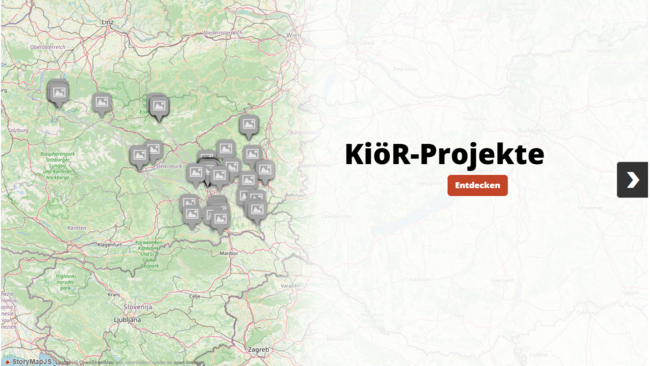
Image Credits
We look forward to your visit!
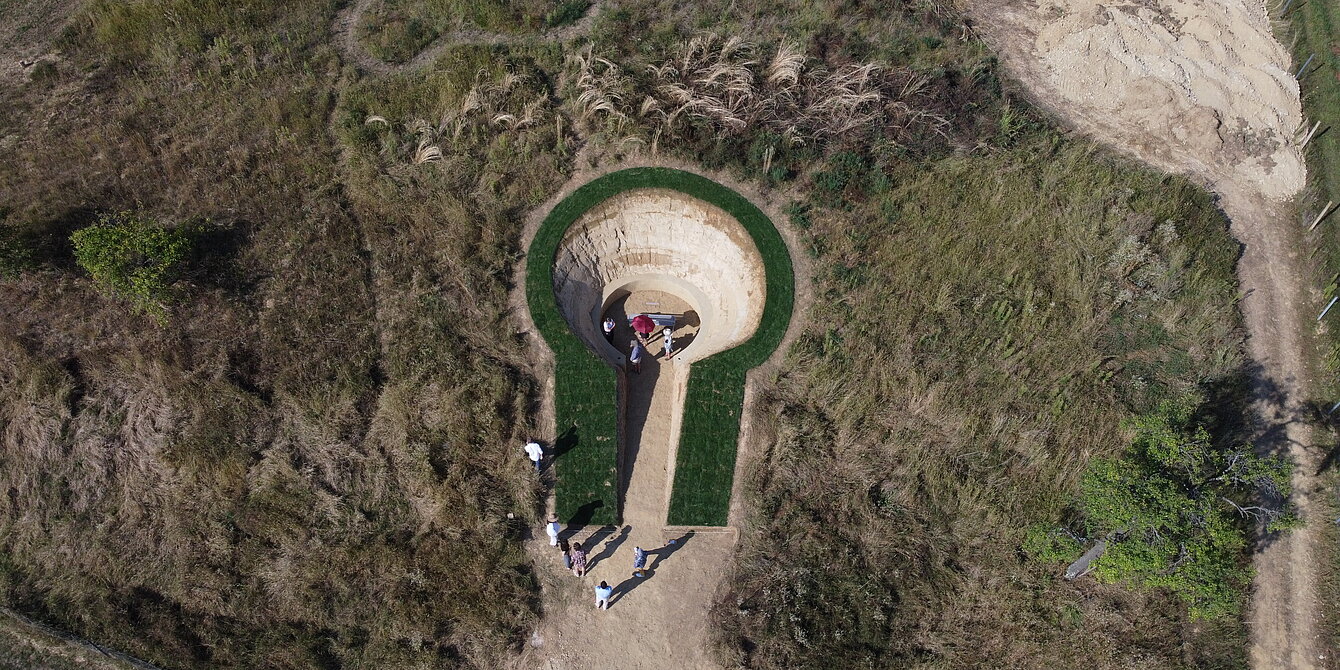
Image Credits




















